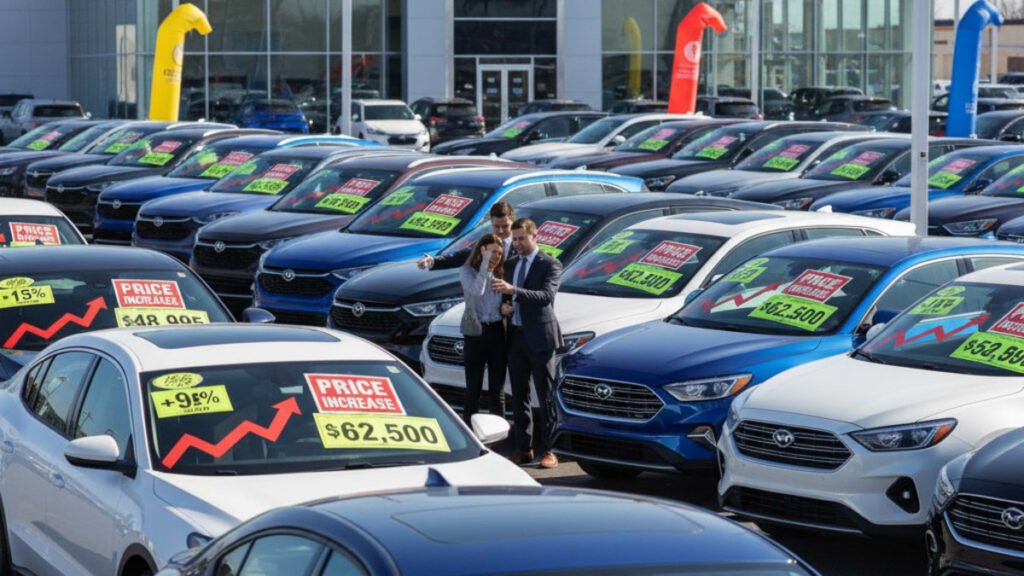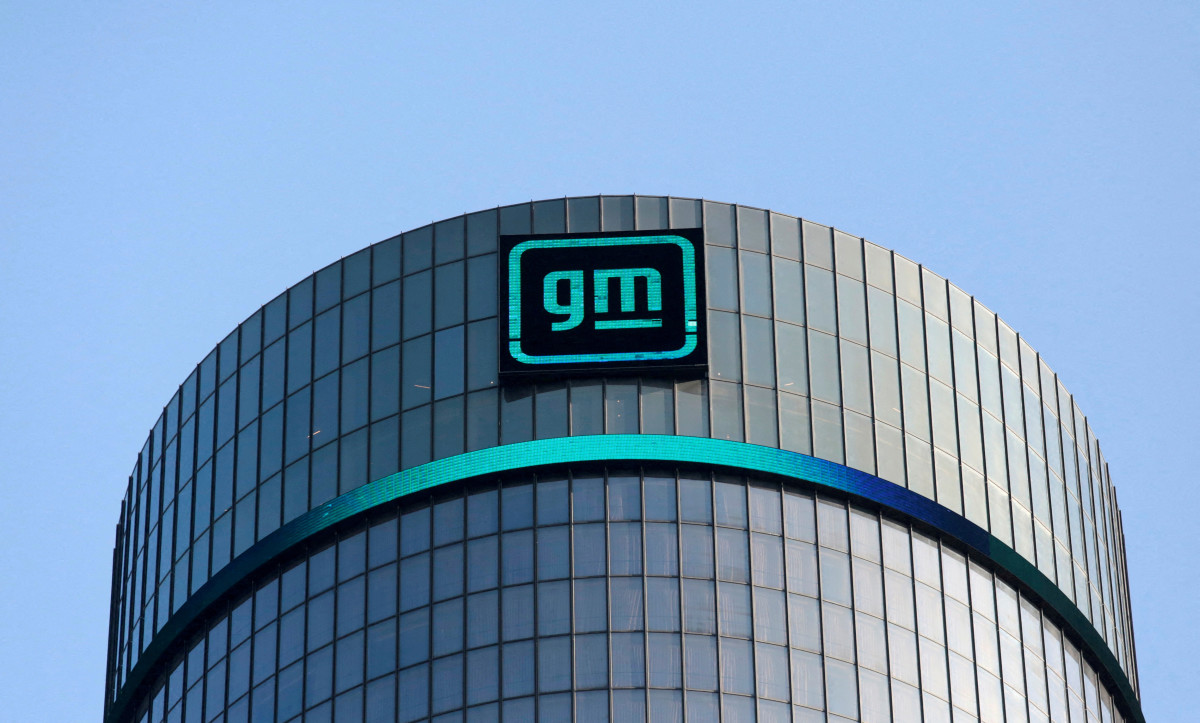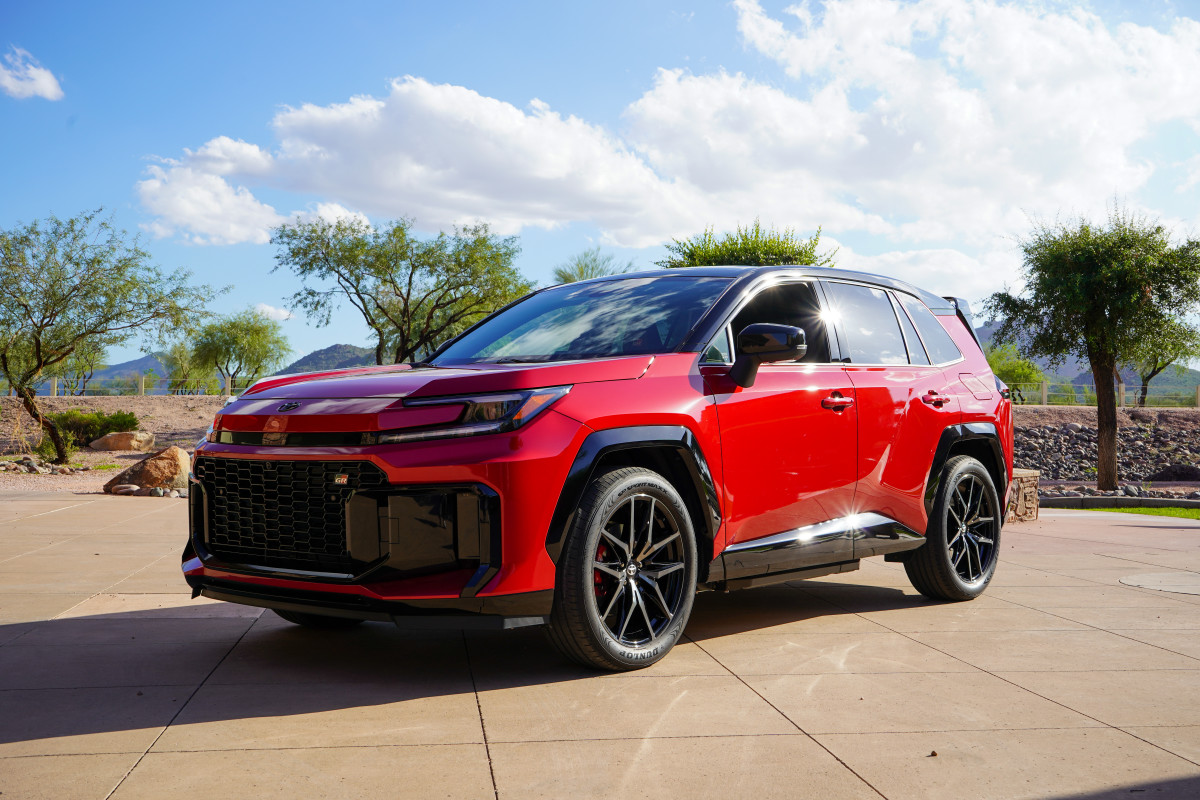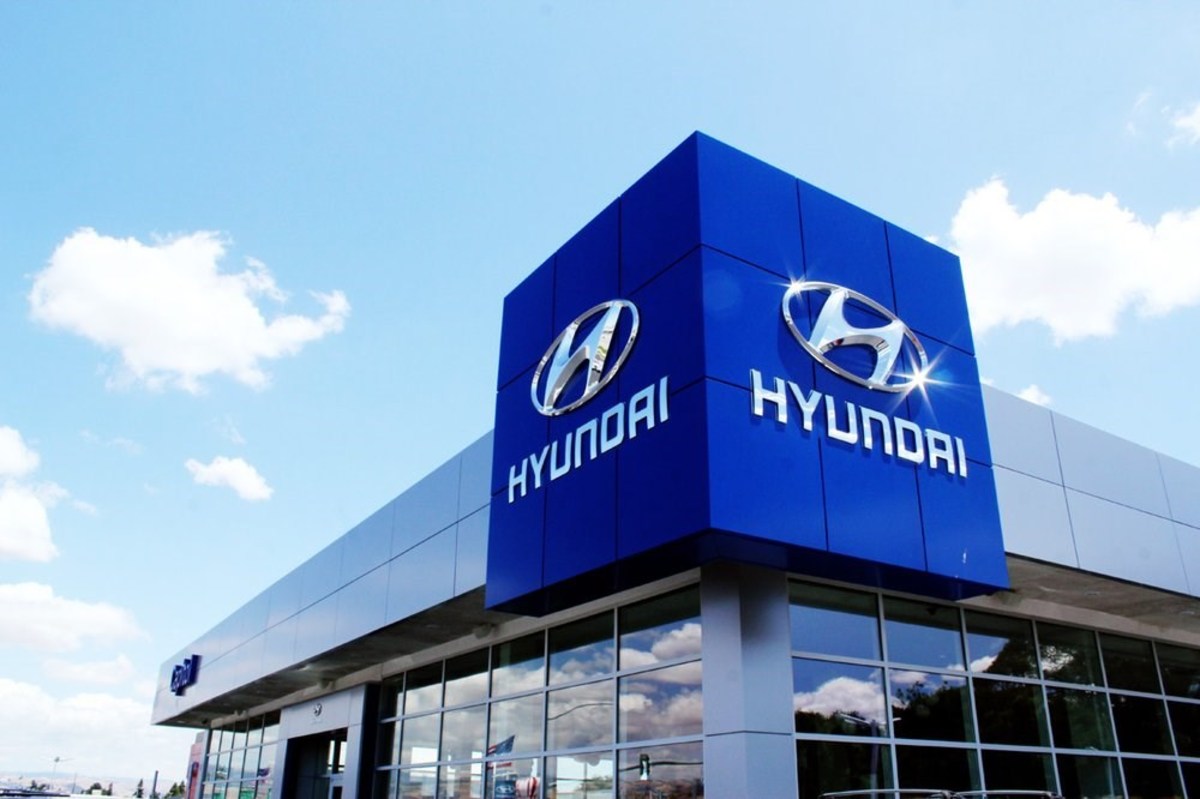
The third quarter was rough for General Motors, and likely won’t look much better for the rest of the industry, analysts warn. The biggest of the Detroit automakers saw earnings fall by half, partially the result of a shifting strategy on EVs, but also due to the cost of tariffs.
Collectively, manufacturers were expected to foot a bill of $10.6 billion in duties imposed by the Trump administration through the end of October. And that’s just on imported autos and auto parts, as well as critical metals like aluminum and steel imported from Canada and Mexico, according to a new study by Michigan-based Anderson Economic Group, or AEG.

So far, consumers have largely escaped impact, the GM earnings report underscoring how manufacturers have largely absorbed the higher tariff costs. But as we charge into the 2026 model year, there are signs sticker prices will start going up. And with new vehicle prices already at near-record levels, sticker shock could translate into slower sales, experts warn.
Consumers Need to Be Ready to Start Paying More
“There is no way for $10 billion to absorbed by the automakers and suppliers alone,” said Patrick Anderson, CEO of Anderson Economic Group, in a statement. “Consumers and workers are going to bear some of these costs.”
Foreign-made vehicles are generally subject to tariffs that can run 25% or higher. But even domestic models, such as the 2026 Toyota RAV4 made in Georgetown, Kentucky, are being hit since they typically use plenty of foreign-made parts and components. That adds up to an average $2,000 on U.S.-made SUVs, AEG previously estimated.
The president last week offered a bit of a helping hand to automakers in the form of a 3.75% rebate covering domestic models, but it falls far short of covering the entire tariff bills they face.

Cole Attisha
Sales Could Suffer
So far, manufacturers have, on the whole, claimed to be absorbing the tariff costs. While the price of the new Kia Sportage is up as much as $1,300, marketing chief Russell Wager insists that reflects only new content for 2026, and not higher tariff costs. But industry analysts are skeptical. Automakers may have held back for now, but they can’t do that indefinitely. A report by J.P. Morgan shows some European brands, such as BMW, are already starting to hike prices.
“You won’t see a line item for tariffs” on the Munroney window sticker found in every vehicle, said Stephanie Brinley, principal auto analyst with S&P Global Mobility. But she expects that, as we get into the 2026 model year and beyond, consumers will find themselves paying more for new vehicles. And that includes not just imports but models assembled in the U.S. since they all use at least some foreign-made parts and components.
Related: Automotive Tariffs are Dramatically Shifting Buyer Habits, Study Says
In recent months, U.S. auto sales have actually increased, according to Ward’s Auto, to an annualized rate of 16.4 million vehicles. But much of that reflects “pull ahead,” buyers racing to showrooms to beat anticipated tariff price hikes. The end of EV incentives on September 30 resulted in record electric vehicle sales last month. Cox Automotive now expects tariffs to result in a modest decline during the final quarter of 2025, possibly accelerating in 2026. “Prices will rise and volumes will decline,” said Cox Chief Economist Jonathan Smoke.
A “Confusing Mess”
The Trump tariffs cover a wide variety of different imported goods, including imported autos and auto parts, as well as foreign-made metals such as steel and aluminum. The president claims to have worked out trade deals with several partners, though it appears some of those – notably with Japan and South Korea – have not been finalized.
“It’s a confusing mess,” said one senior Detroit executive – who asked not to be named — when asked to discuss tariffs and the impact they’re having on planning. Several other industry officials echoed that concern, warning that they are finding it difficult to plan ahead due to uncertainty about tariffs.

In many ways, the confusion is working against Trump’s stated strategy of using tariffs to promote U.S. manufacturing. While some companies, such as Hyundai and Stellantis, say they’re responding by stepping up American operations, others are holding back. That includes British SUV maker Ineos, CEO Lynn Calder saying uncertainty about tariffs has prevented her from approving a first-ever U.S. plant.
“We have to make decisions that play out years, and sometimes decades (into the future). And that’s hard to do” when trade policies are unclear and frequently changing. “There are a lot of things we can’t predict,” Rivian CEO RJ Scaringe said during an interview earlier this month. As a result, key decisions that could impact U.S. investments and jobs are being put on hold. Among other things, tariffs are taking blame for rising parts and materials shortages that could cause additional headaches for the industry in the coming months.

Getty Images

